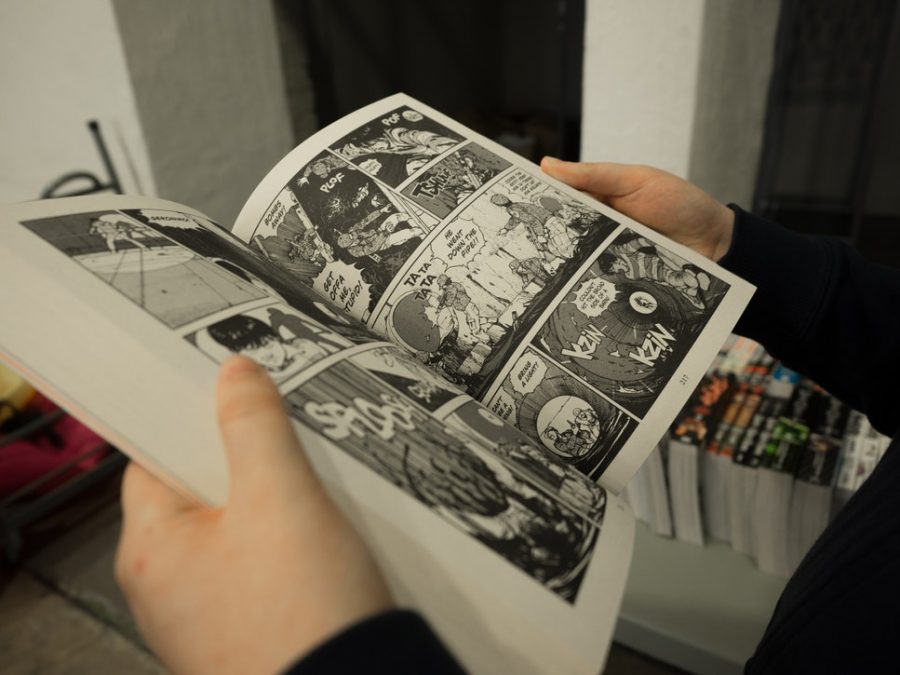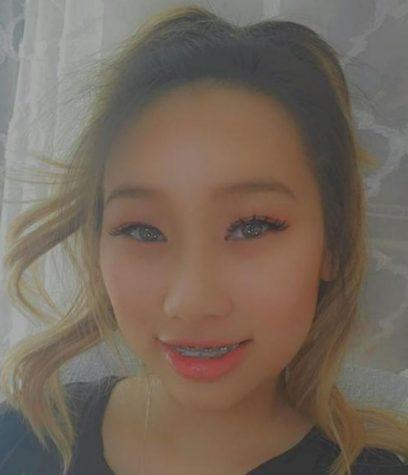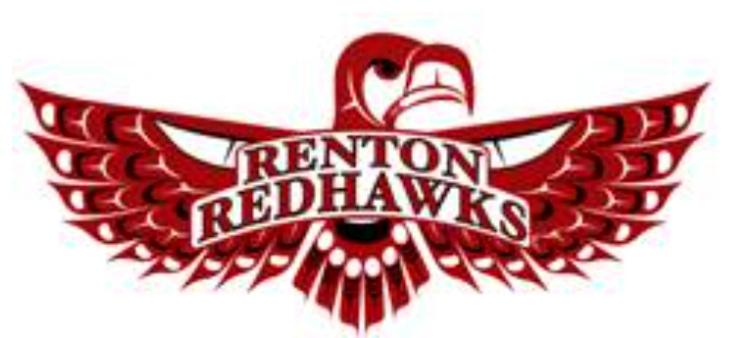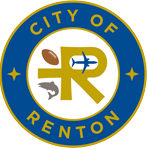Japanese cartoonists and artists growing after WWII
Manga and anime develop and is now part of modern entertainment.
November 19, 2018
In the U.S., most people have probably heard titles like Sailor Moon, Dragon Ball Z, Voltron, Pokémon, etc. These titles are known in America as cartoon shows, but they originated in Japan as forms of graphic novels, known as manga.
Anime is a word used for Japan’s animations or“Ani-May,” and this type of animation is quickly spreading in the U.S. This word also applies to Manga, a Japanese comic.
What differs from American and Japanese cartoon and animations is that American animations are targeted for the younger audience while Japanese animations are for everyone, young and old.
In order to understand anime and manga and how it grows into modern society, people must start by looking at when manga and anime were first developed.
During World War 2, “around 1940, many organizations for artists and cartoonists were formed. Among them were the New Cartoonists Association of Japan (Shin Nippon Mangaka Kyokai) and the New Cartoonists Faction Group (Shin Mangaha Shudan). During that time, the government used the few remaining cartoonists, who were not banned from working or who were not in the army, to influence the people through their artwork by creating comic strips filled with propaganda to use against the nation’s enemies.â€
But after the war, a young aspiring artist named Osamu Tezuka became a cartoonist and released his first work Shintakarajima (known in English as “New Treasure Island”). As a child, Tezuka was a fanatic of Walt Disney’s early animations. Many were impressed by Tezuka’s original style; however, it was not until Tezuka released his ultimate work Tetsuwan Atomu (Astro Boy) that he achieved success; he was pronounced “the Father of Manga and Anime.”
Later, he had an industry (Mushi Productions) publish his work in 1962.
“In 1973, two years after Roy Disney died, Mushi Productions went bankrupt. However, Tezuka still creates comics and animation with a new company. Some of his works include Buddha, hi no Tori (Phoenix), and one of his more recent works, Black Jack, which is about an outlaw doctor. Later, other artists came to take some of the spotlight such as Akira Toriyama, Rumiko Takashi, Hayao Miyazaki, Isao Takahata, and many others. Miyazaki, who works for Studio Ghibli (or www.onlineghibli.com/), is one of the most famous and most respected anime artists of today. Some of Miyazaki’s works are Kiki’s Delivery Service, Heidi, Nausicaa of the Valley of the Wind, and his recent masterpiece Princess Mononoke.â€
Although anime and manga were not an interesting topic back then and were not considered popular, many aspiring artists started creating new materials for anime and manga. Now, anime and manga are one of the billion-dollar industries.
Ever since manga has developed across the world and spread to U.S, there has been controversy about the different types of people who read certain types. For example, a comic format about this author name Queenie showed her experience coming to U.S and how there were groups instead of one base.
(Read the full version https://www.abc.net.au/news/2018-10-08/manga-artist-queenie-chan-shattering-stereotypes/10147166 )



Upon interviewing an anonymous sophomore at RHS, the student shared thoughts on manga and the U.S.:
“I feel like non-manga readers look down on people who read manga. Like you know they’d call them weeaboos and stuff just for reading manga or watching anime. They honestly shouldn’t because reading manga is just reading. What the heck, it’s kind of just like reading any other book,” the student shared.
Another student shared thoughts on the matter:
“Manga would be the equivalent of comic books physically while all books including fan fiction would basically be the same. To me, there is no difference between these types of books other than physical looks and how we view them, but both serve the primary purpose of captivating the reader bringing them to the world and being interested in the story though some manga tend to fan service or have it as the main plot. People have their differences and tastes; books use the person’s imagination and manga is just a different way of perceiving that story as both still serve the same purpose. So, one shouldn’t mock another for reading a book that is of their favor but, just let people like what they like,” the student explained.
From yet another student’s perspective:
“Anime and manga are just shows and books from different cultures, made for entertainment purpose and a type of new style for young adults or teens to have fun. I don’t see why people should be ashamed of reading manga in public; it’s just a way to entertain themselves. The reason why I love manga is because it’s interesting, and I’ve never seen anything like it before except those children books. Manga is just super capturing– from the plot to the art and effects, it all depends.”
Some manga/anime RHS students recommend are…
- For a dark fantasy: Thriller story try, Black butler, Tokyo ghoul, Full metal alchemist, Vampire Knight.
- For a mystery story:Â Case close (Detective conan), Neuro: Supernatural Detective, Death note.
- For a comedy little romance story: The Disastrous Life of Saiki K., No Matter How I Look at It, It’s You Guys’ Fault I’m Not Popular, Kiss Him, Not me, Kimi ni Todoke, Kaichou wa Maid-sama!, Ao Haru Ride (Blue Spring Ride)
- For sad manga: Your lie in April, Ana Hana
Sources:







